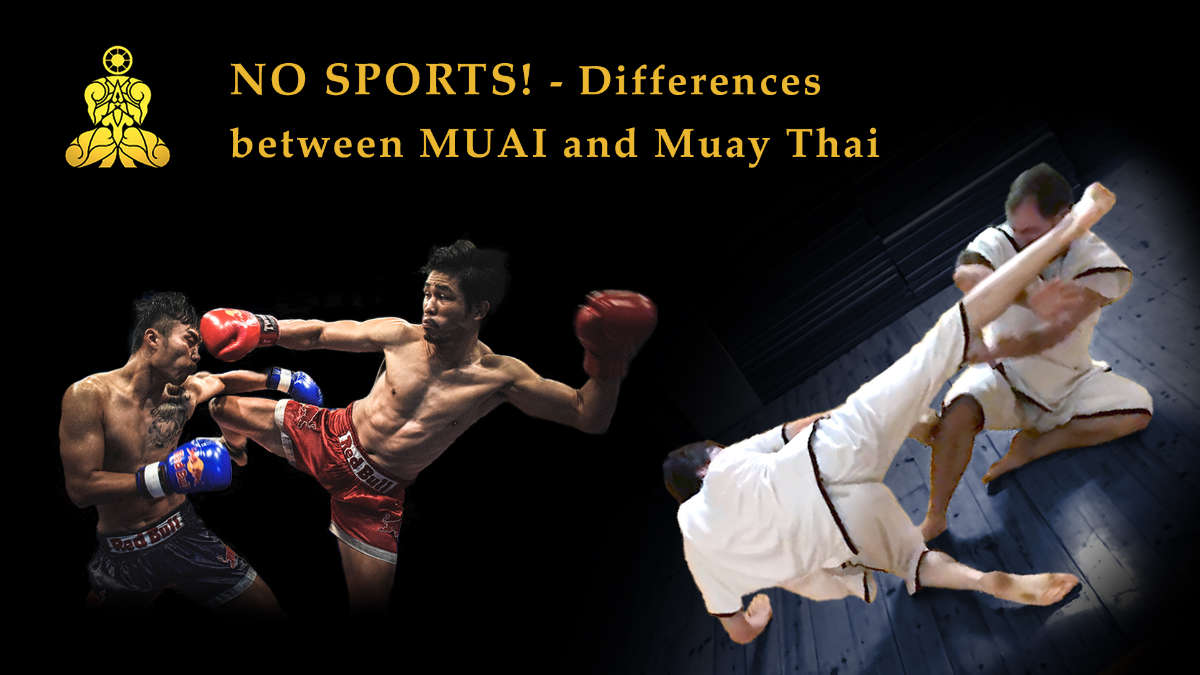Content
How to
The fighter begins with a passive combat tactic by leaving the initiative to his opponent and avoiding being drawn into an exchange or attack combinations.
If the enemy suspends his attack, he will animate him to a new attack by opening the defense, or he will perform a sham attack for the same purpose. The fighter counters the opponent’s renewed attacking techniques with precise defensive techniques that can lead to injury to the attacking body part. The more the enemy attacks, the more pain he will suffer.
When the opponent fails to continue his attacks, the fighter will immediately move from defensive to offensive. The fighter’s subsequent attacks consist of combined techniques designed to quickly lead the fight into its decisive phase.
This strategy is usually used by experienced or older fighters against high-tempered opponents.
Historical significance
In earlier times bets were placed on the successful implementation or thwarting of techniques. The outcome of a fight was secondary, because the real fascination was to see whether a fighter could successfully enforce his techniques and tactics or not. It was only through the industrialization of Muay Thai that the focus shifted to points, victories and defeats that were easy for the masses to understand.
For connoisseurs the question might have been whether, if a fighter would be able to maintain his tactical passivity and defense and find the rigt moment to switch from defensive to offensive mode.
Recommended glossary entries



